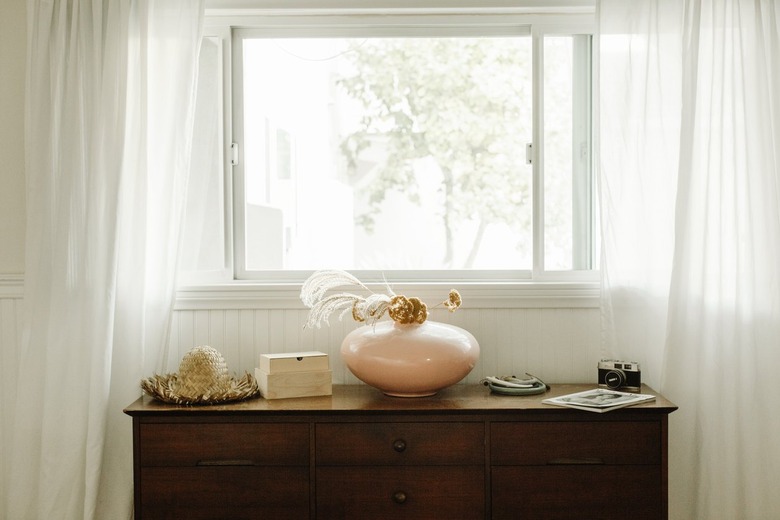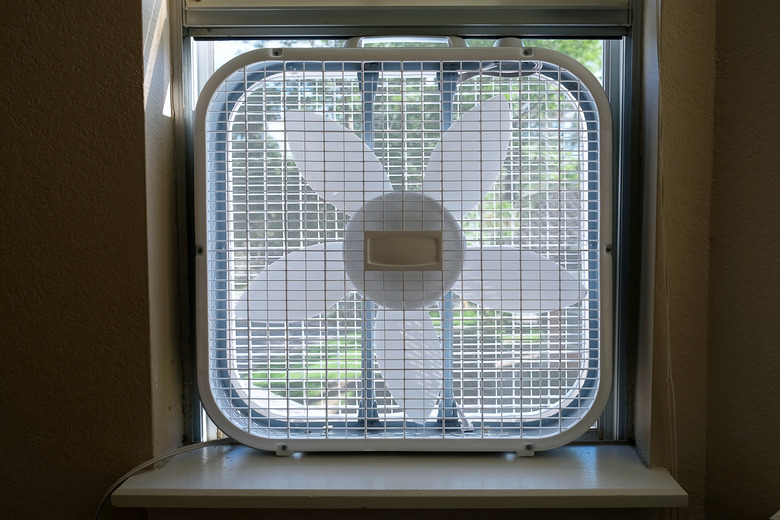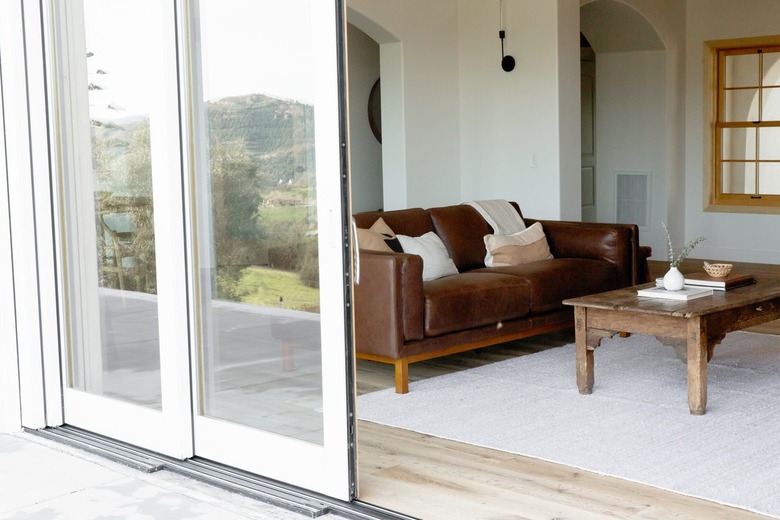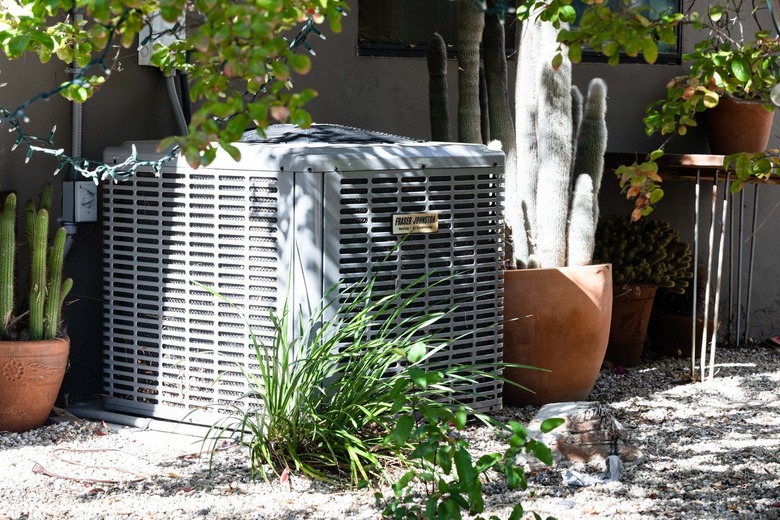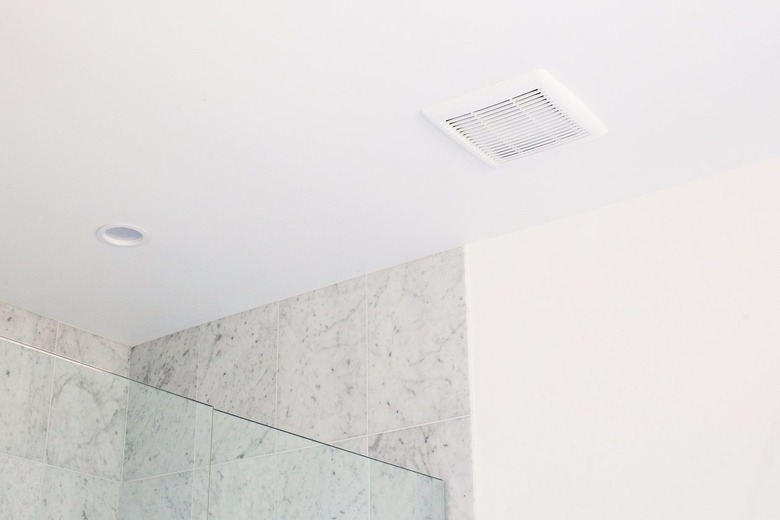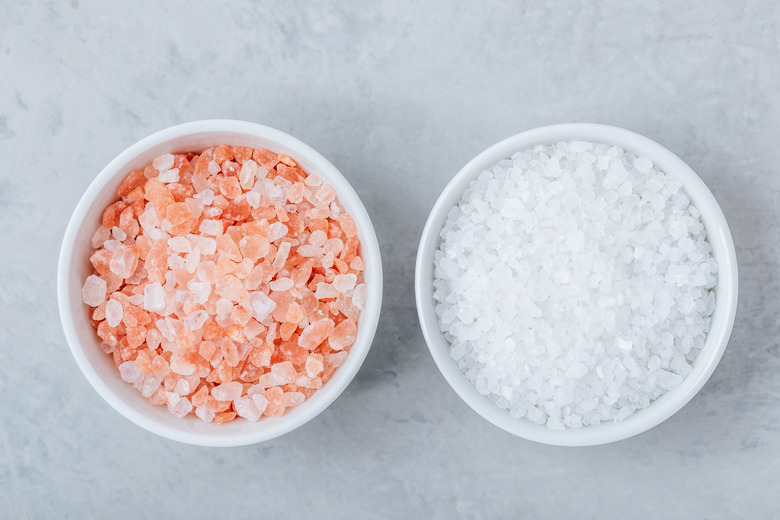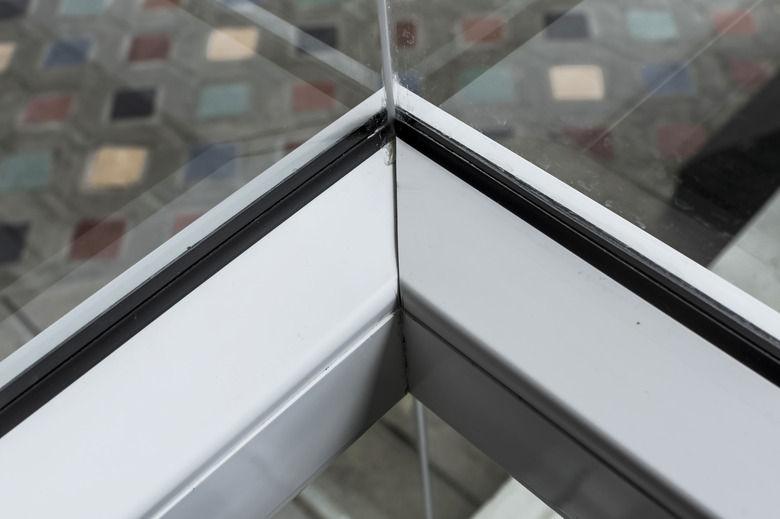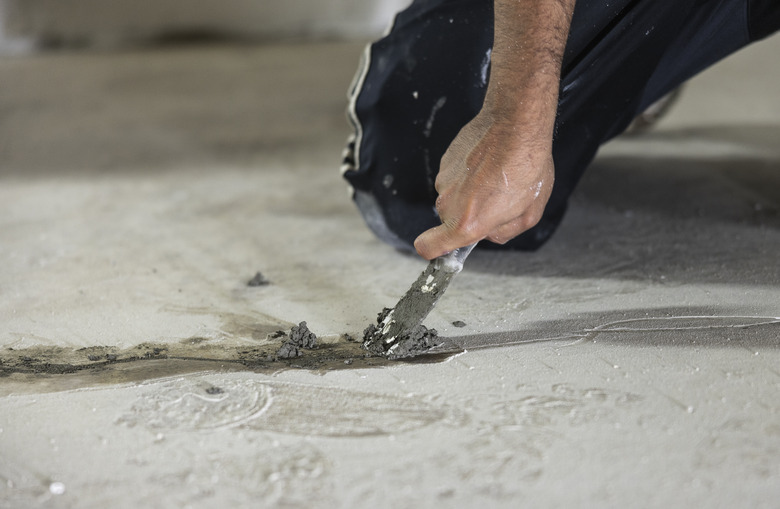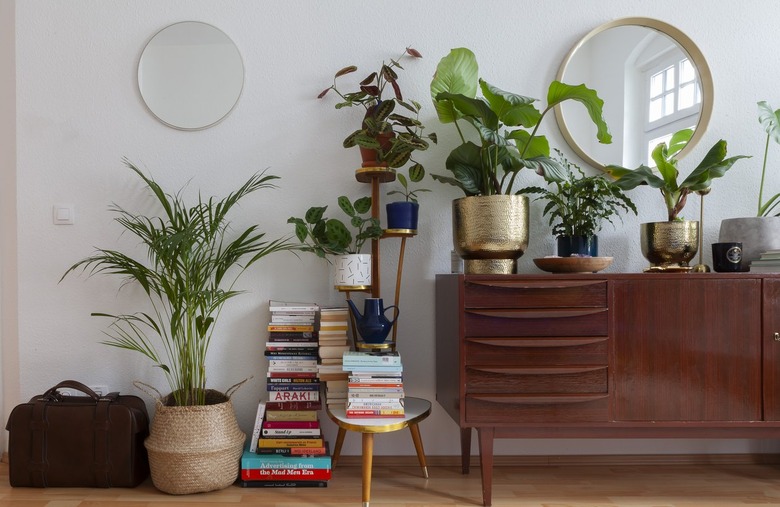How To Dehumidify A Room Without A Dehumidifier
We may receive a commission on purchases made from links.
If you don't have a dehumidifier, there are other methods you can use to control humidity. That's important because high humidity not only makes the space feel uncomfortable, but it can also damage wall coverings and lead to mildew and mold growth.
It's best to keep relative humidity in a space between 30 percent and 50 percent. You can measure the levels in different parts of your home with a humidity meter called a hygrometer. If humidity is left unchecked and you develop a mold problem, you may need the assistance of a mold remediation contractor to clean up your home.
Here's a list of dehumidifying techniques that don't involve a mechanical dehumidifier. You may need to try more than one to bring the humidity level down to a comfortable level.
1. Run a Window Fan
1. Run a Window Fan
Keeping the air moving reduces water vapor. Use a window fan to improve ventilation if the room has a window that will accommodate one. Get a model with an exhaust setting so you can vent dank air before blowing in fresh air.
Tip
If the air outside is more humid than the indoor air, don't use a window fan to bring in the outdoor air. Instead, run a fan inside the room to improve comfort.
2. Open the Windows
2. Open the Windows
If the outside temperature and relative humidity are favorable, proper ventilation can help stop condensation on walls and windows, reducing the risk of mold. Keep a hygrometer (sold at hardware stores and online) in the room to gauge the effectiveness of the improved airflow.
3. Run an Air Conditioner
3. Run an Air Conditioner
Run an air conditioner, which dehumidifies while also cooling the air. Advanced systems have separate controls for adjusting humidity.
Tip
A room air conditioner can help lower humidity in a single room or other enclosed space, while a central air conditioner or heat pump (set to cool mode) can lower humidity throughout the home.
4. Run Kitchen and Bathroom Exhaust Fans
4. Run Kitchen and Bathroom Exhaust Fans
Being sure to run kitchen and bathroom ventilation fans or ceiling fans when cooking or showering can effectively lower moisture levels in your home. Be sure the fans vent to the outdoors and add ventilation fans to rooms that do not have operable windows. You can also lower humidity by taking shorter showers at lower temperatures, as opposed to long, hot showers.
5. Place Desiccants in the Room
5. Place Desiccants in the Room
Some of these products use calcium chloride, a salt crystal, to draw excess moisture out of the air. You can get this material online and from home improvement and hardware stores. Follow the package directions for their use. Basically, you will simply place the desiccant, like rock salt or silica, in a watertight container, such as a baking pan. Regularly pour off the water that collects in the containers. Add more desiccant as needed to absorb moisture and act as a DIY dehumidifier..
Warning
Some desiccants, such as calcium chloride, are toxic when ingested. Don't use or store these products where children or pets can get to them. Carefully follow package directions for using the product and disposing of the collected water.
6. Seal Leaky Windows and Doors
6. Seal Leaky Windows and Doors
In very humid climates, moisture-laden air can seep into a home around the windows and doors. Apply weatherstripping to keep out humid air. Weatherstripping can also help reduce air-conditioning costs.
7. Keep Out Moisture
7. Keep Out Moisture
If a room's dampness is the result of moisture seeping in from outside, waterproofing may be required. Check with a licensed waterproofing contractor to assess the humidity problem.
8. Move Indoor Plants
8. Move Indoor Plants
Many plants take in water through their roots and then release excess moisture through their leaves. This evaporation process is called transpiration, and it can increase indoor humidity. One solution is to try moving some plants to different parts of the house. On the other hand, plants that thrive in dry climates, such as cacti and succulents, can actually pull moisture from the air.
